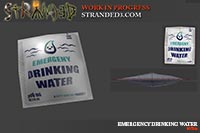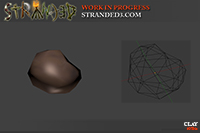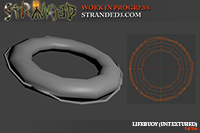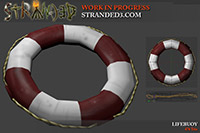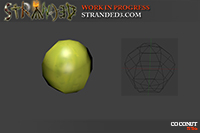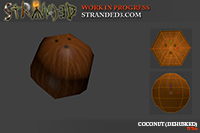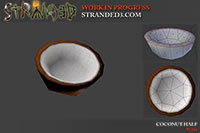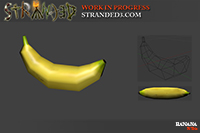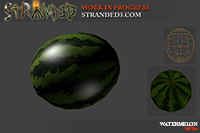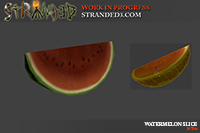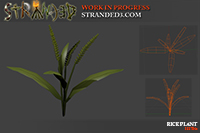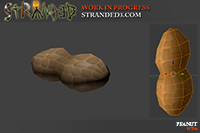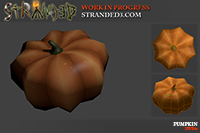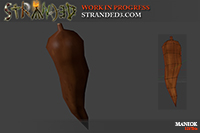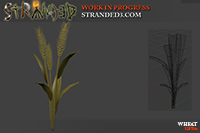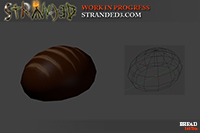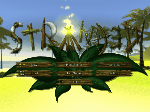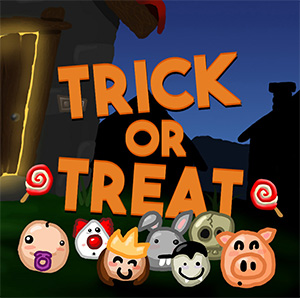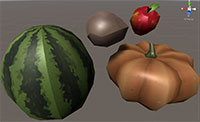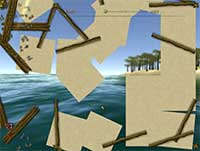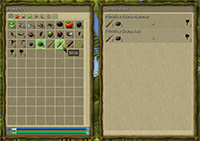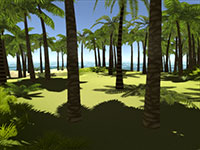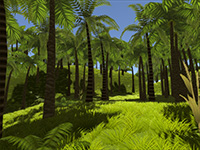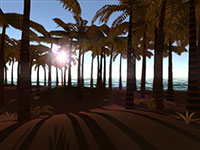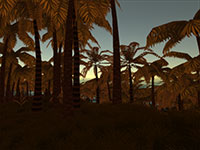
Here's a little image to console you:

Some Off-Topic Stuff
I released a new Counter-Strike 2D version though. It seems to have some critical bugs (they came out of nowhere! I promise!) which is hell because releasing a new CS2D version is a complicated process. It's a horrible nightmare. I never invested a second on any automation and therefore my CS2D-release-process consists of many annoying and super error-prone steps. I'll share them with you because I really have nothing to show regarding Stranded III this time.
After finishing everything I do the following stuff on my Windows machine:
 Compile the game client
Compile the game client Compile the dedicated server
Compile the dedicated server Copy changed files to a release folder
Copy changed files to a release folder Copy changed files to an incremental update folder
Copy changed files to an incremental update folder Make a zip from the release folder
Make a zip from the release folder Make a zip from the dedicated server
Make a zip from the dedicated server Run my auto-update tool to generate an incremental auto-update package for the in-game auto-update function
Run my auto-update tool to generate an incremental auto-update package for the in-game auto-update function Run Inno Setup to generate an installer
Run Inno Setup to generate an installer Upload all 4 resulting files to my vServer (client as zip, client as setup, dedicated as zip, client auto update package)
Upload all 4 resulting files to my vServer (client as zip, client as setup, dedicated as zip, client auto update package) Also upload the client zip and setup to uploaded.to just to have a mirror
Also upload the client zip and setup to uploaded.to just to have a mirror Update the links & version at www.CS2D.com/download
Update the links & version at www.CS2D.com/download Update the version at www.unrealsoftware.de/game_cs2d.php
Update the version at www.unrealsoftware.de/game_cs2d.phpThen I boot Ubuntu in a VM and
 Compile the game client
Compile the game client Compile the dedicated server
Compile the dedicated server Make a zip from the client
Make a zip from the client Make a zip from the server
Make a zip from the server Upload them both
Upload them bothAfterwards I boot another VM with MacOS and do the same here. I skip the dedicated server for MacOS though (I could make one but I really wanted to save some steps)
 Compile the game client
Compile the game client Make a zip from the client
Make a zip from the client Upload it
Upload itAfter doing all of this it's time to go live with the new version:
 Update the game version in the U.S.G.N. master server (this will trigger an auto-update for Windows clients and/or tell people to update the game)
Update the game version in the U.S.G.N. master server (this will trigger an auto-update for Windows clients and/or tell people to update the game) Write a German and an English news thread at UnrealSoftware.de
Write a German and an English news thread at UnrealSoftware.de Optionally write it on Twitter/Facebook
Optionally write it on Twitter/Facebook...and there are also some other small steps that I left out. Like updating changelogs, language files, command lists etc.
It's fun. I can do it in half an hour if everything goes really well but normally it doesn't.
So why do I share this with you (except for the fact that I don't have news about Stranded III)? I want you to stay sane! So please, if you're a developer: Consider to automate your build process. Especially if you're developing a cross-platform game! Everything else is madness and will lead to a lot of trouble.
I will do the same for Stranded III. I'll either set up my own little build server(s) or use Unity's Cloud Build service.
edited 1×, last 19.06.16 12:08:44 pm

 Stranded III Dev. Blog
Stranded III Dev. Blog


 Offline
Offline
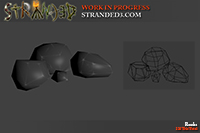
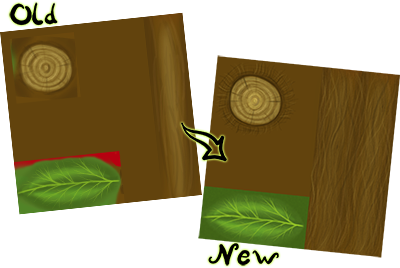
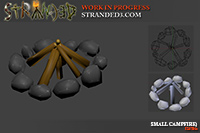
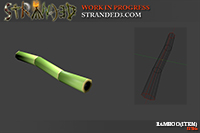

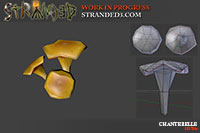
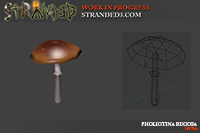
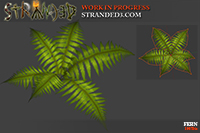
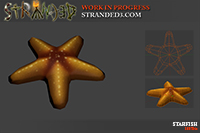
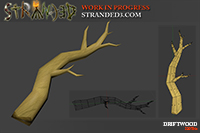
 Maximum flexibility: You can do everything (e.g. special error handling) and send everything
Maximum flexibility: You can do everything (e.g. special error handling) and send everything Much work: You have to write a lot of send/receive code which is typically pretty dull
Much work: You have to write a lot of send/receive code which is typically pretty dull